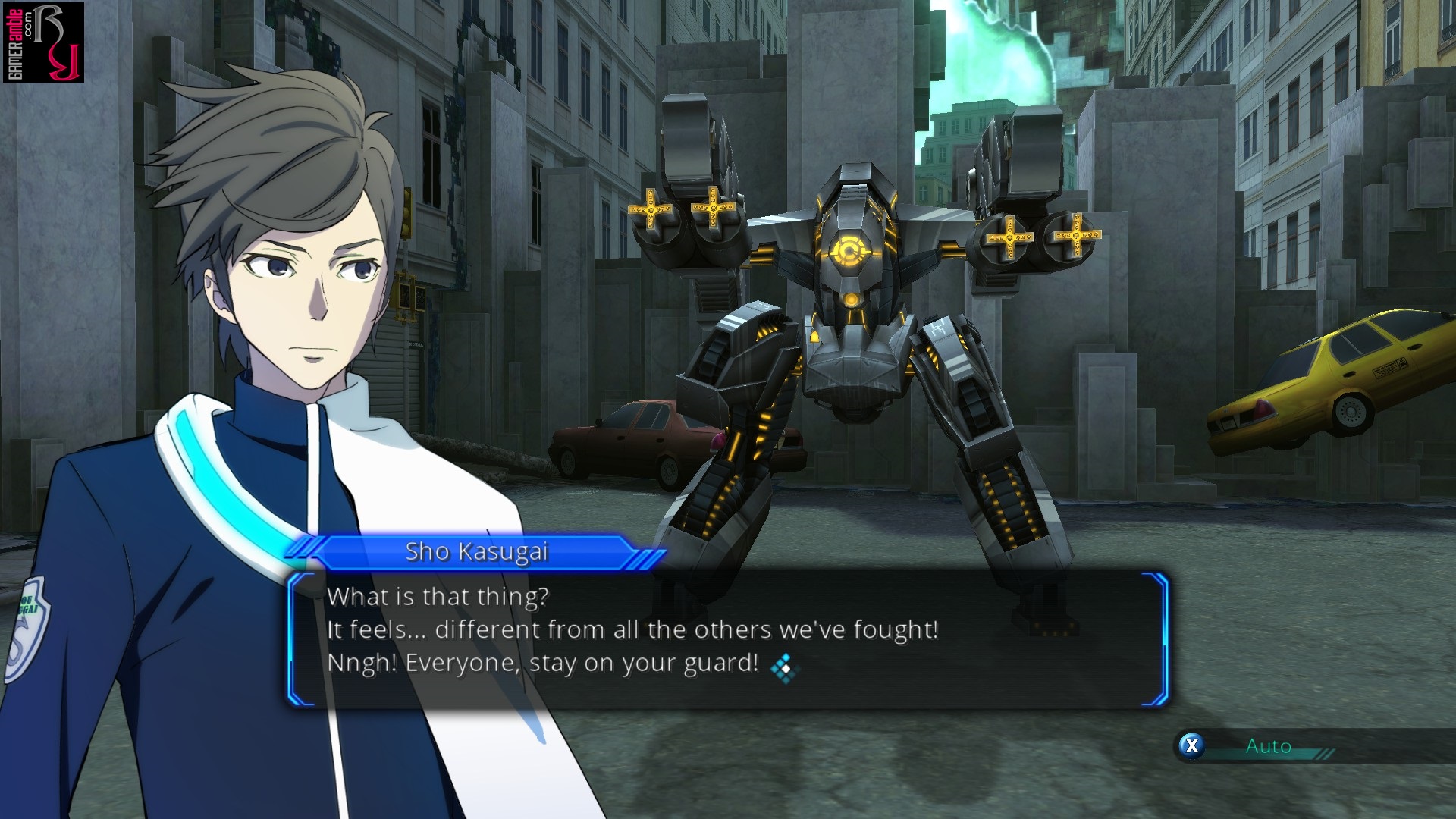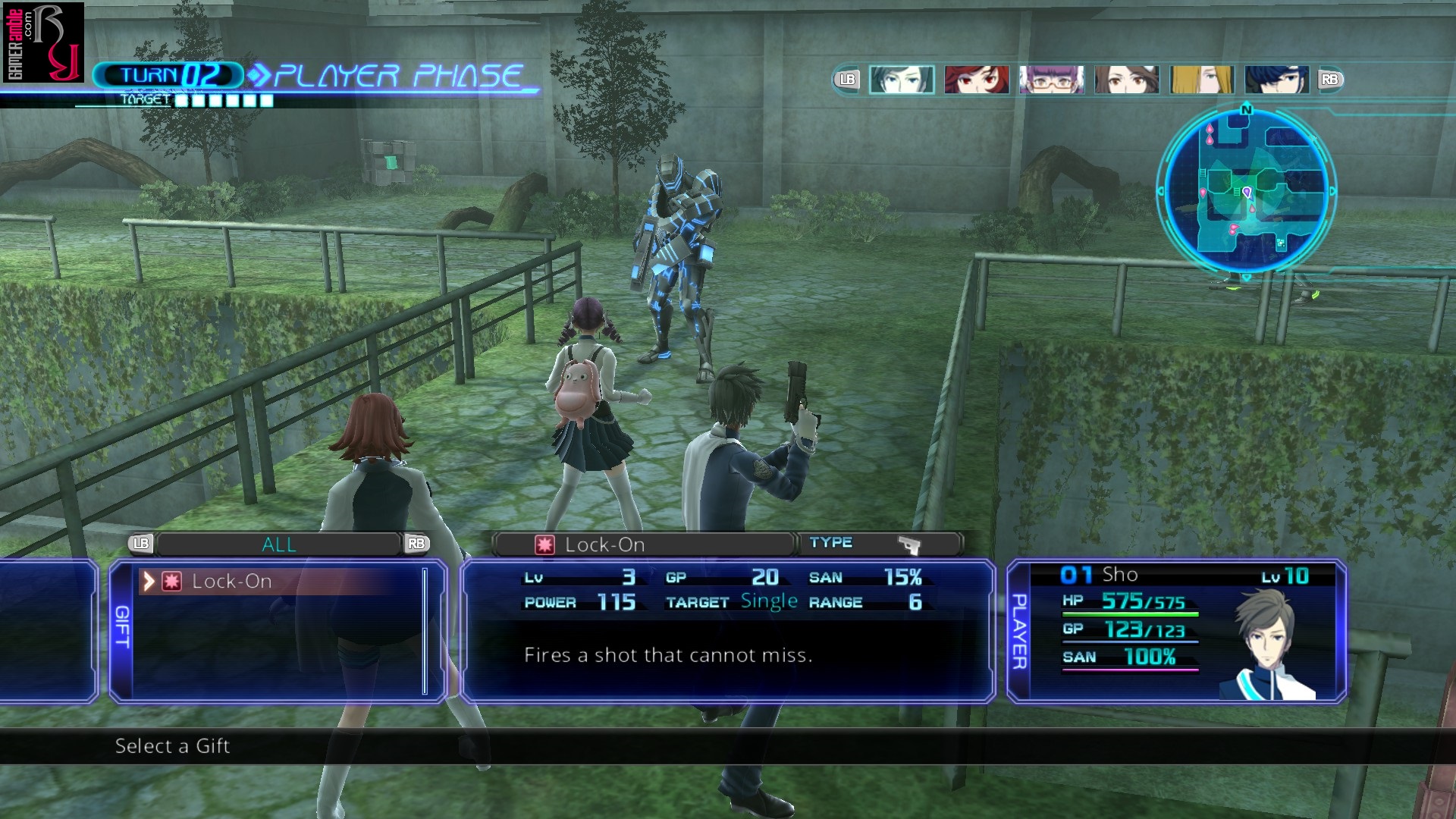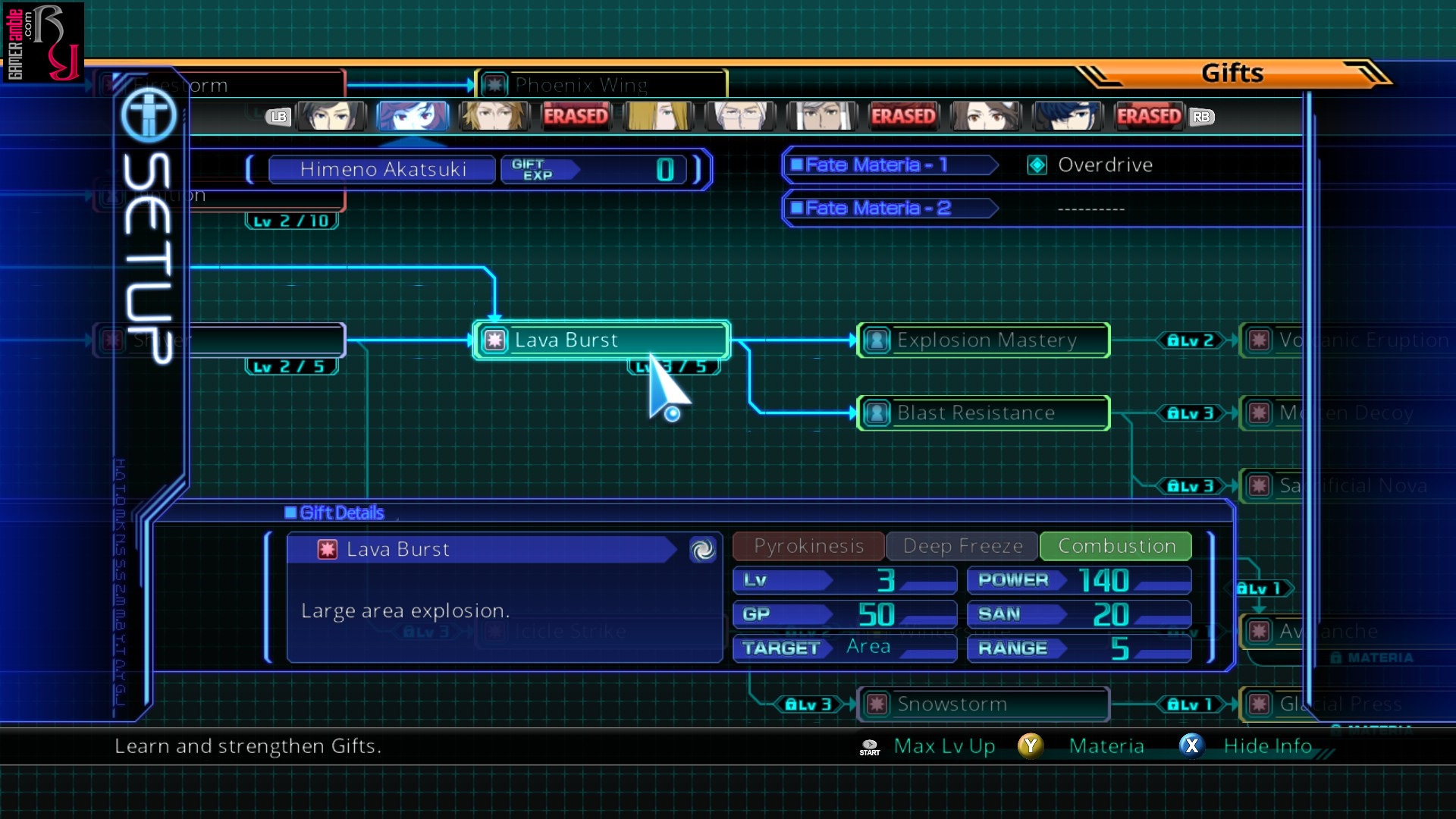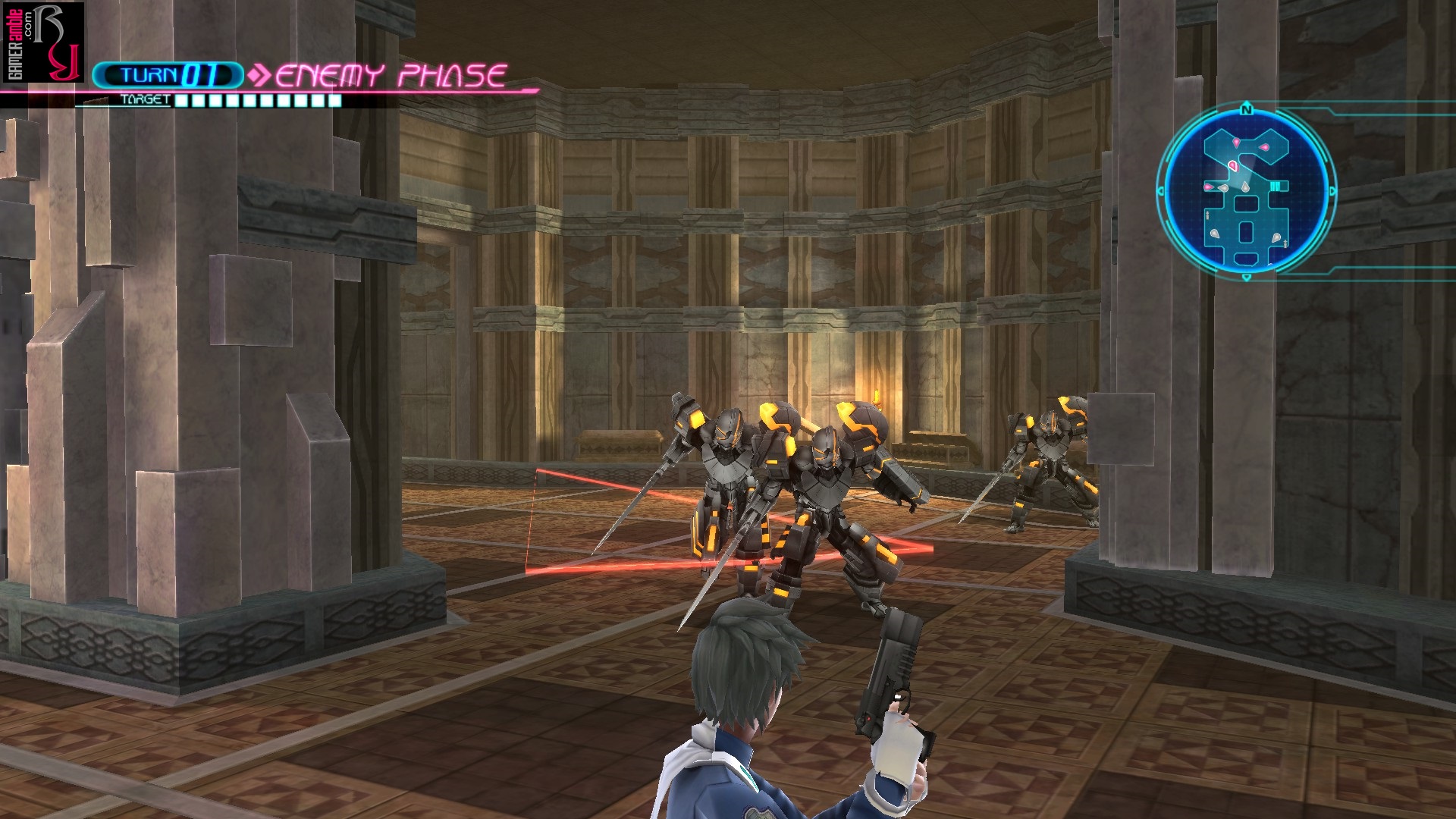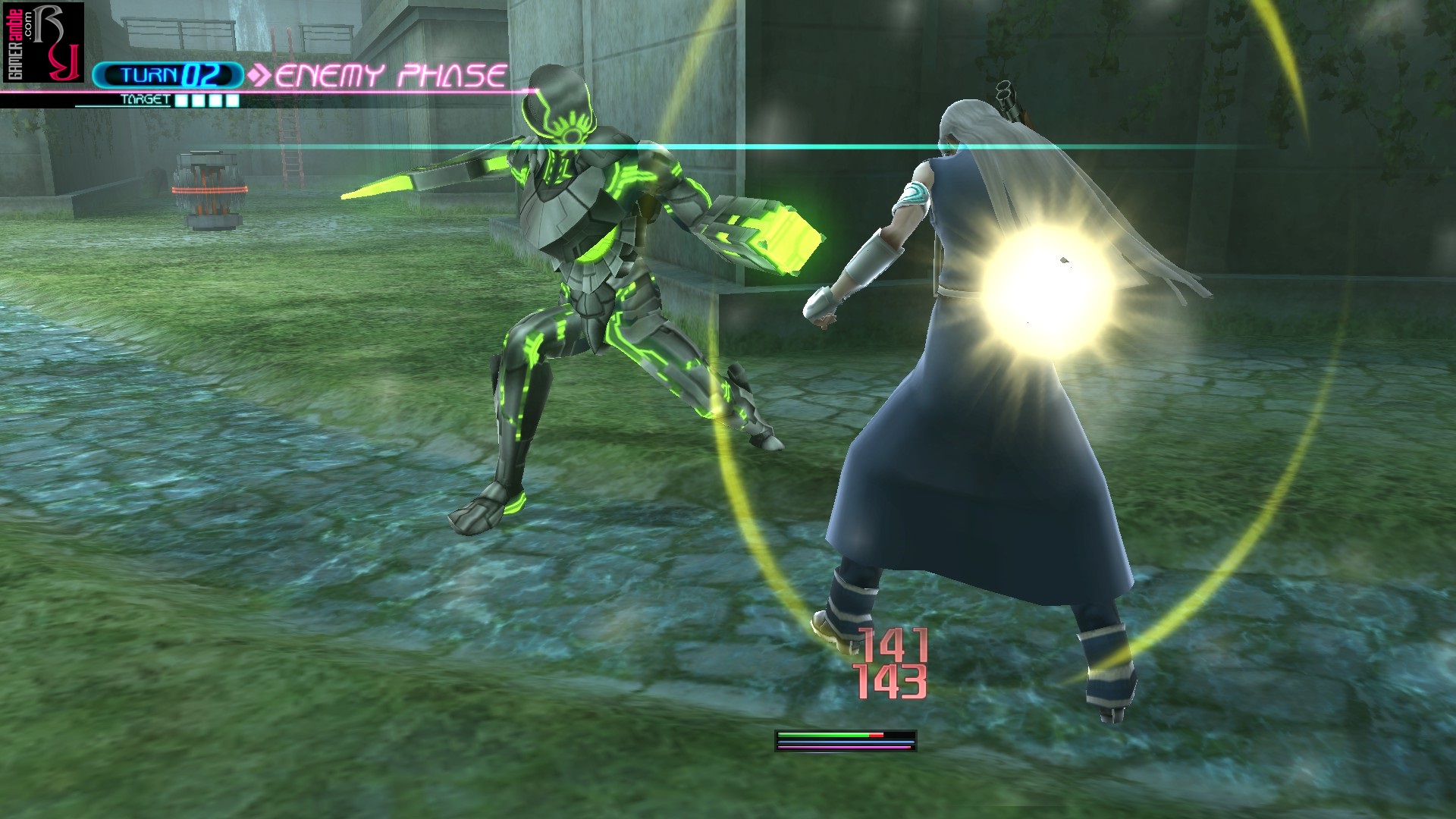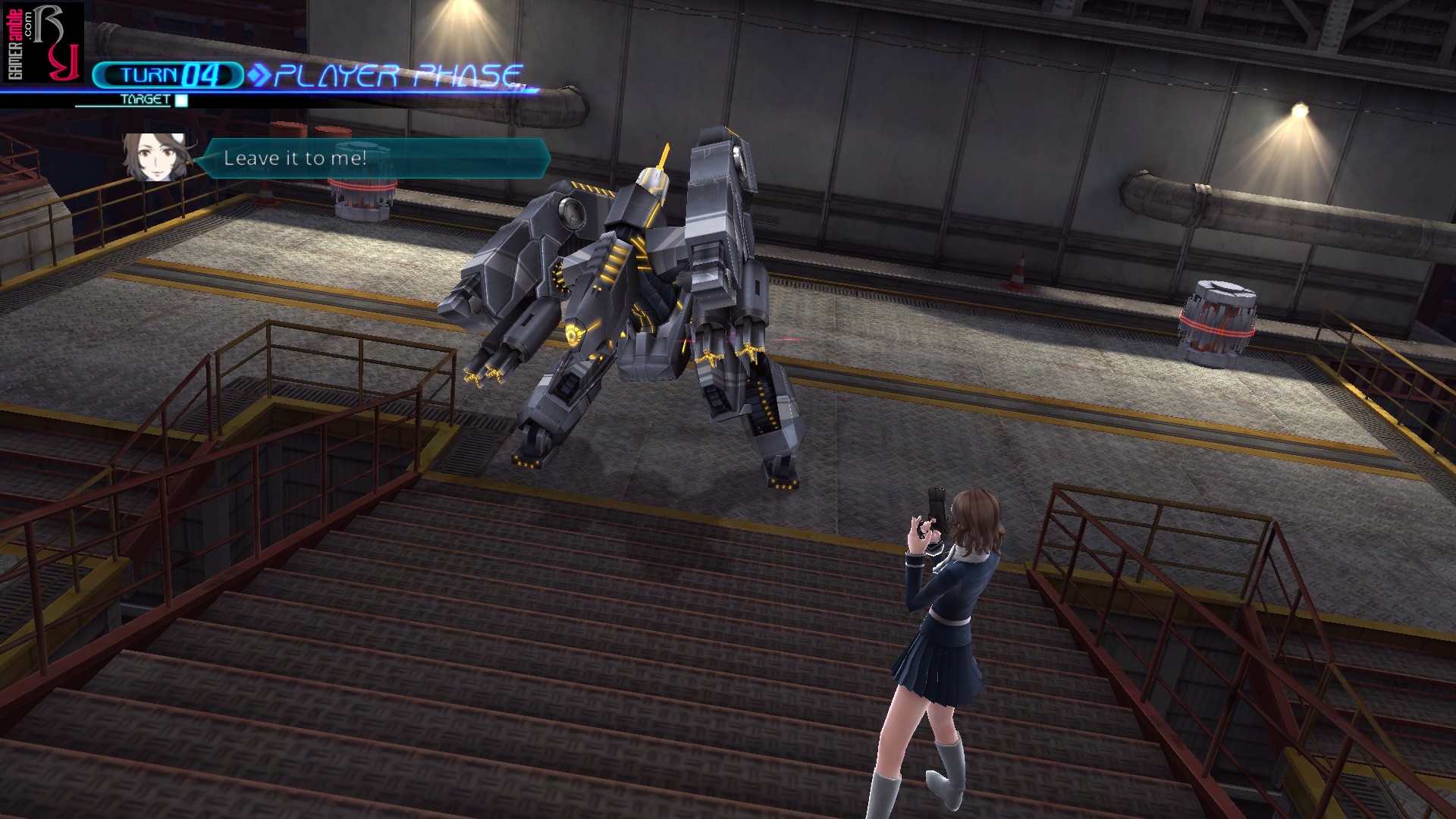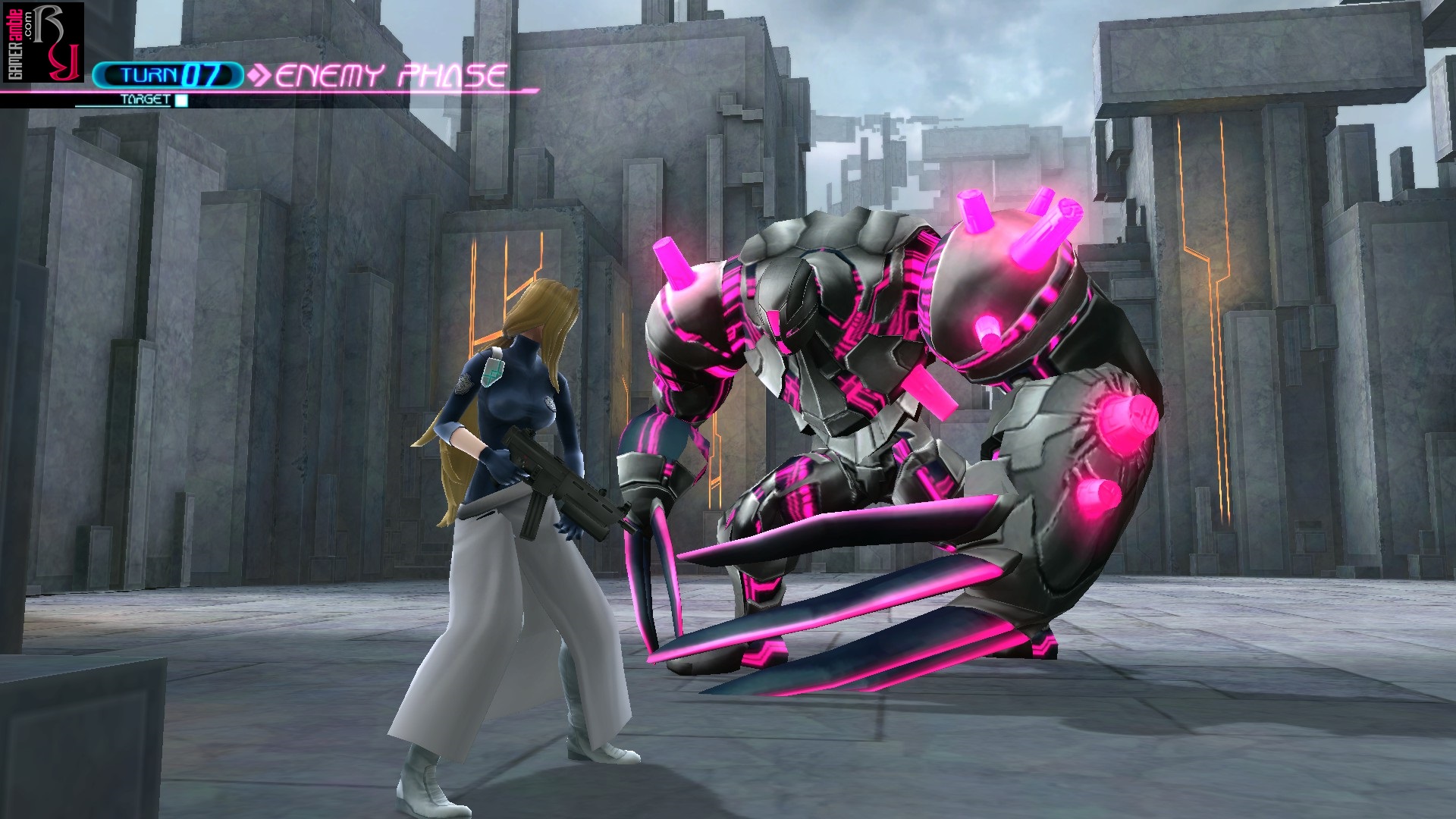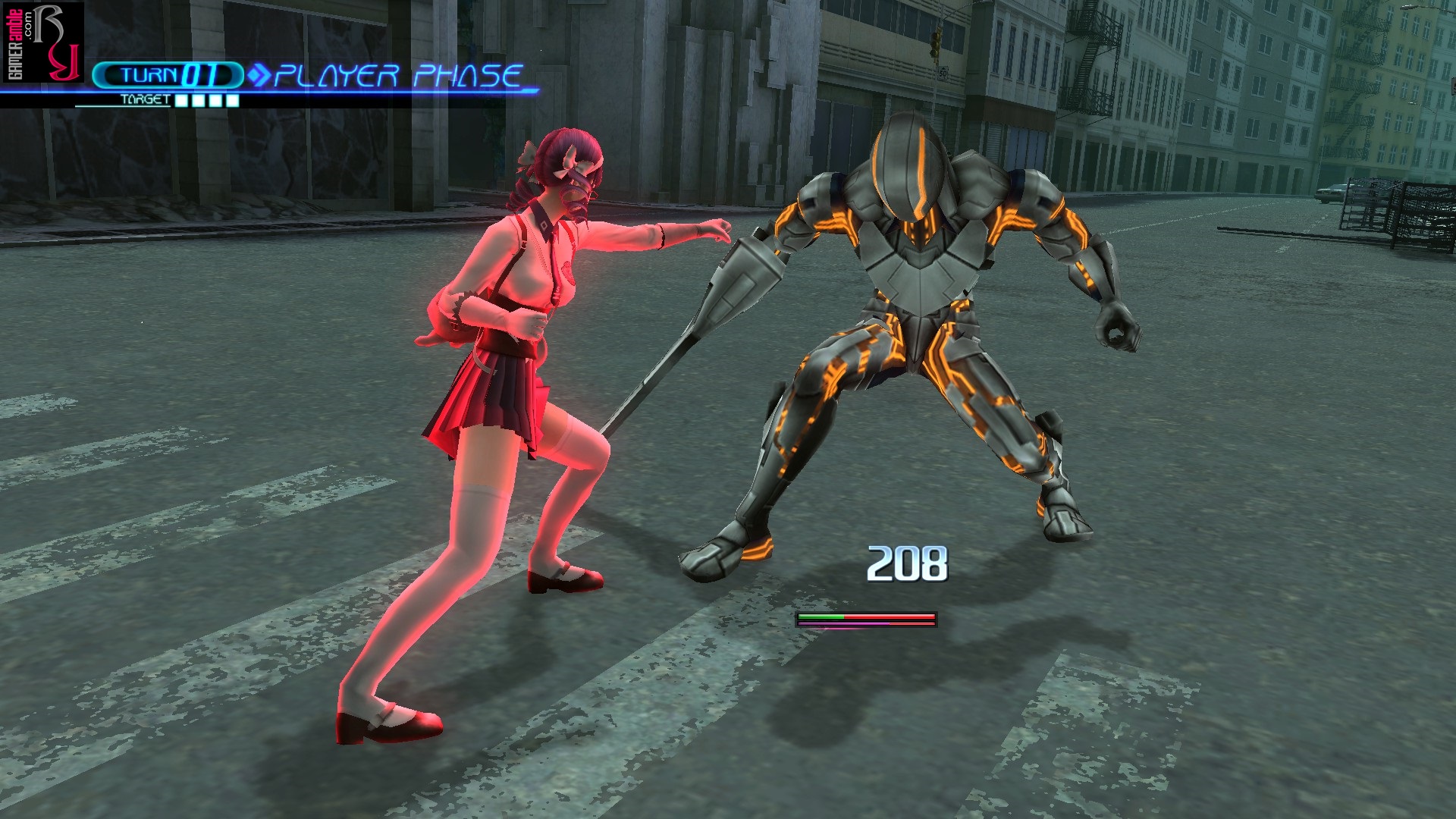Lost Dimension
Developer: FURYU Corporation | Publisher: Ghostlight LTD | Release Date: 2017 | Genre: RPG / Strategy | Website: Official Website | Purchase: Steam
When a madman shows up and threatens humanity with a nuclear armageddon, the obvious answer is to send in the best of the best to put an end to his schemes. Unfortunately, in the world of Lost Dimension these threats are being issued by a terrorist with seemingly limitless supernatural powers, so sending in ordinary troops is not going to cut it. However, as luck would have it, there is a special task force that consists of members who all have extraordinary powers. This group of eleven is known as S.E.A.L.E.D and they might just be the only thing standing between humanity and extinction at the hands of the terrorists who calls himself “The End.”
Lost Dimension opens with your team finding themselves inside a mysterious tower and facing off against strange foes. Playing as Sho Kasugai, the team leader, you quickly discover that your memories are a little hazy. However, it soon becomes clear that The End has to be stopped at all cost or else the consequences will be dire. Of course, being a maniacal villain, he isn’t going to make it easy for you, which means you have to battle your way up the tower before getting your shot at him. While this sounds simple enough, you’ll quickly discover that not everything is as it seems and reaching The End is not going to happen without some sacrifices along the way.
Gameplay in Lost Dimension consists of two different phases. The first is the lobby for each floor where you get to chat with party members, spend the skill points they earn during missions, create and equip new gear and use Sho’s skills to try and pinpoint the traitor. When you are done with all of that you get to pick your mission from a list of story as well as side missions that are available on each floor. This means that there is no exploration or risk of aimlessly wandering around in Lost Dimension. Instead, after selecting your mission and choosing which five party members will accompany Sho, it is straight into the action.
It took a while, but PC owners can now finally get a taste of the turn-based, tactical RPG that caused a stir on PS3 and PS Vita a few years back. For those not familiar with the game, the feature that sets it apart from other titles in the genre is the way that trust works. We don’t want to spoil anything, but early in the game you discover that there is a traitor in your ranks. As Sho, you need to build relationships with your team and use his special gift to try and determine who this traitor is. It is a rather novel mechanic, made even more interesting by the fact that the traitor is randomly assigned each time you play. While the traitor will never jeopardize your missions there is a real incentive for discovering who it is. This is because the only way to ascend each floor of the tower after completing the missions is to enter a special “Judgement” room where a team member is sacrificed. The twist is that your party must vote on who the hapless victim will be and if you are not proficient enough at figuring out who the culprit is and convincing the rest of the team to vote against them you will end up killing someone innocent. Characters who do end up being sacrificed are gone for the rest of your playthrough, which can be rather devastating if you grow attached to them and rely on them during combat. However, it also forces you to really appreciate all the characters at your disposal and learn how to use each and every one of them in the most efficient manner.
Completing a mission usually requires that you kill all enemies, although sometimes you only have to take down one or two of the most powerful ones for victory. You are then graded based on your performance and rewarded with cash as well as experience for your party before returning to the lobby. After each battle Sho is also given glimpses of his team member’s thoughts, which makes it easier to determine whether the traitor was in your party or not.
Although the story of Lost Dimension is quite interesting, it never really had us on the edge of our seat to see what is going to happen next. Each of your party members has a mysterious past that they will open up to you about if you gain their trust, but to really understand the story you’ll need to complete the game more than once. Since the traitors (yes there are more than one) are randomized, you won’t be able to build a relationship with everyone on your team during one playthrough. Fortunately, Lost Dimension has a “New Game+” mode that not only features some extra missions, but also rewards you with a ton of skill points to spend from the get go. It is a testament to how much fun this game is that we dove right back into it after completing it the first time, just to try out the new missions and new party member combinations.
Where Lost Dimension really shines are the missions, all of which are surprisingly action-packed for a turn-based title. Each of your characters can only travel a certain distance per turn and you have to get within range of enemies to attack them. Placement also plays a big role as attacking from behind does more damage. Furthermore, attacking an enemy when another party member is within range might also cause them to provide assistance and also attack. Of course, enemies are given the same advantages, so you’ll never want to be caught with your back to one of them or in situations where they have you surrounded and can assist each other. The result is a game where you really have to think about every move as well as what powers you are going to use.
Each of your party members has their own special abilities, which dictate their style of combat. For example, Yoko has the gift of telepathy, so she is good at boosting the stats of party members. Meanwhile, Himeno has the gift of Pyrokineses, so she’s pretty good at roasting any enemy in her sight while Nagi has the gift of levitation, making her more nimble as well as able to simply float over obstacles. We were gutted when one of our favorite characters turned out to be a traitor early in the game, but thankfully they do leave materia behind when sacrificed. This materia can then be given to another party member in order to gain some of the skills associated with it. It is a neat concept and also leads to interesting scenarios where you might figure out who the traitor is, but still use them in missions instead of shunning them just so you can level up their skills to pass down to someone else.
There are a couple of missions per floor, but none of them take very long to complete once you figure out what needs to be done. The fact that the tower features different visual themes for each floor also helps to keep things varied. We really like the enemy designs in Lost Dimension, but since the game is a port the visuals are hardly cutting edge. However, although the visuals are not as hyper detailed as some modern titles, everything still looks clean and colorful. The increased resolution is already a big step up from the original version and apart from some slowdown at the start of each mission we didn’t encounter any technical issues with the game. Apart from the 3D character models used during missions, each character also has a more traditional visual novel style portrait for conversations. These make use of the “E-mote” technology, which really helps to give them more personality.
When it comes to audio, Lost Dimension delivers some pretty solid English voice acting and plenty of great music tracks. It’s a pity that the Japanese audio couldn’t be included, but the English actors handled their voice-over duties well. Not all conversations are voiced, but most of the important ones are. Seeing as it was originally a console and hand-held title, Lost Dimension plays best using a controller. However, it is also perfectly playable using the keyboard and mouse.
Overall, Lost Dimension delivers a very addictive experience along with plenty of replay value. It has a surprising amount of depth thanks to the different abilities of your team members as well as their varied skill trees. The story is perhaps not as engaging as it could have been, but it is definitely worth sticking with it until you have seen the true ending to really appreciate what is going on. Anyone with a hankering for a good turn-based tactical RPG would be doing themselves a disservice if they pass this one up.
System Requirements
- OS: Windows 7 (64-bit)
- Processor: Intel Core 2 Quad 2.4GHz or comparable
- Memory: 4 GB RAM
- Graphics: NVIDIA GeForce 8800 or comparable
- DirectX: Version 11
- Storage: 1100 MB available space
- Sound Card: Windows compatible sound card
- OS: Windows 10
- Processor: Intel i7 3.3 GHz or comparable
- Memory: 8 GB RAM
- Graphics: NVIDIA GeForce GTX 960 or comparable
- DirectX: Version 11
- Storage: 1100 MB available space
- Sound Card: Windows compatible sound card


